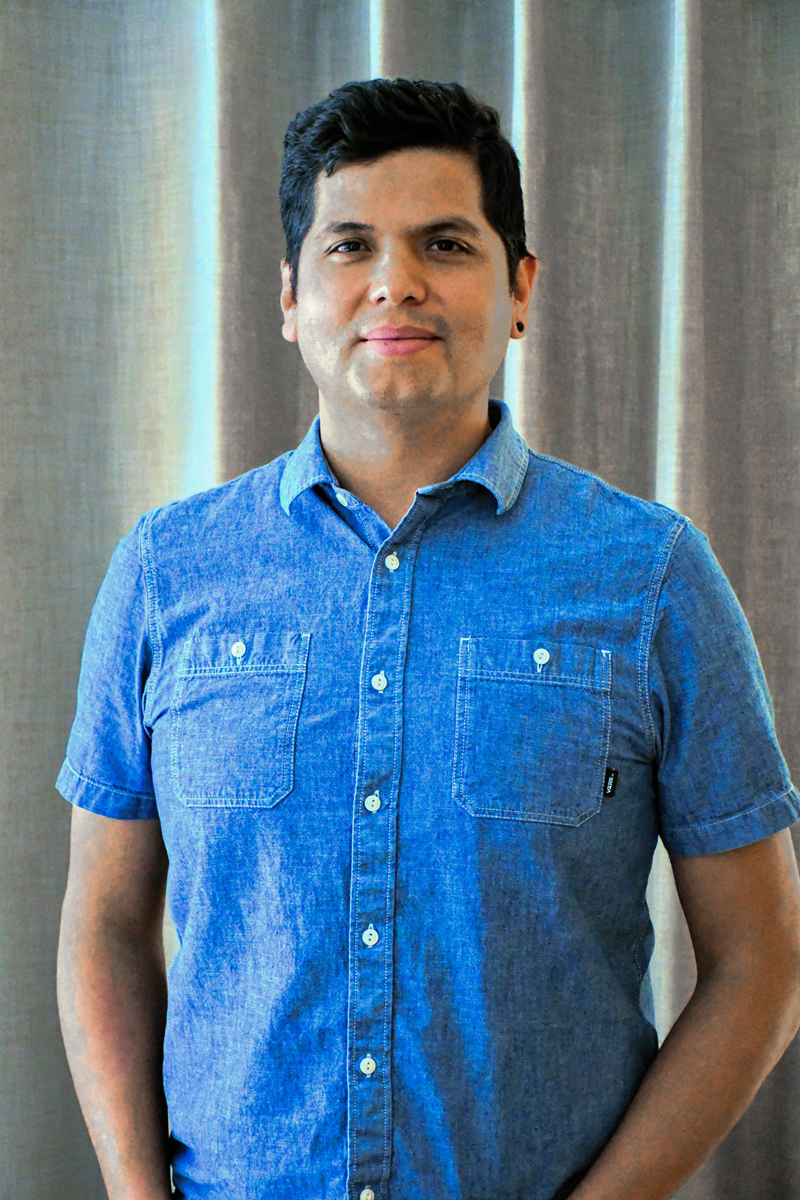“I’ve always been convinced of the advantages of working with highly trained people from different backgrounds and with different points of view. Working on the BEATS project has reaffirmed and consolidated this opinion. In fact, that is what I enjoy the most about this project: the great opportunity that it presents to meet and collaborate with many brilliant people from the diverse institutions involved in this consortium, and the fruitful situations that arise. My colleagues have new ideas that I would never have imagined! My role on BEATS is one of consulting scientist. I trained in physics and have experience in X-ray optics simulation codes. I am a scientist in the Mechanical Engineering group at the ESRF and my main task is to provide support for the beamline teams by performing simulations on the X-ray optics and other X-ray interaction processes. I have been helping in building the model and performing simulations of the X-ray beam transport in BEATS. Simulations are very important to know the properties of the X-ray source, including the understanding on how the components in the beamline will influence the X-ray beam characteristics at the experiment position. Another good thing about the BEATS team, apart from their different skills, is that they know how to have fun moments too. I remember our meeting earlier this year in Autrans. We worked a long, hard and very productive day on simulations, then after all the hard work we went dry-tobogganing down the slopes together. These things get up to some speed and we all had a good laugh and a few screams!”
 All photos credit: Kirstin Colvin (ESRF/BEATS)
All photos credit: Kirstin Colvin (ESRF/BEATS)
Juan Reyes Herrera grew up in a small village in Mexico and studied physics at the Autonomous University of Zacatecas. After, he moved to Mexico City and, in 2015, he obtained a PhD at the Physics Institute of the National Autonomous University of Mexico. During this time he spent a year working in the Experiments Division of the Spanish light source ALBA. Before joining the ESRF in 2017, he briefly participated in the Mexican synchrotron project. Through a Mexican fellowship for a postdoc abroad, he came to the ESRF to work on beamline ID21. After two years, and given his experience and the demand for X-ray optics simulations for the new EBS beamlines, he obtained a temporary position as a scientist in the Instrumentation Support and Detector Division of the ESRF.
